Iceland is a haven for bird enthusiasts, and among its most beloved residents are the Atlantic puffins. These charming seabirds are not only a symbol of the country’s rich wildlife but also a significant attraction for visitors.
With over half of the world’s puffin population residing in Iceland, it’s one of the best places on Earth to observe these fascinating creatures in their natural habitat.
The Remarkable World of Puffins
Atlantic puffins are more than just cute faces; they are extraordinary birds with unique adaptations. With their striking black crowns, grey cheeks, and white chests, puffins are easily recognizable.
However, it’s their vivid orange legs and bright beaks—red with black accents—that make them truly stand out. Despite their rather stocky build, puffins are surprisingly versatile.
They are capable of flying, standing on land, swimming on the surface of the water, and even diving underwater to catch fish.
Puffins are not just visually distinct; their behaviors are equally intriguing. They are monogamous, mating for life and returning to the same burrows year after year to raise their single chick.
These birds prefer to nest on cliffs or between rocks, creating burrows that can be up to 90 cm (3 feet) deep. Here, they are safe from predators and sheltered from the elements, which is vital for the successful raising of their young.
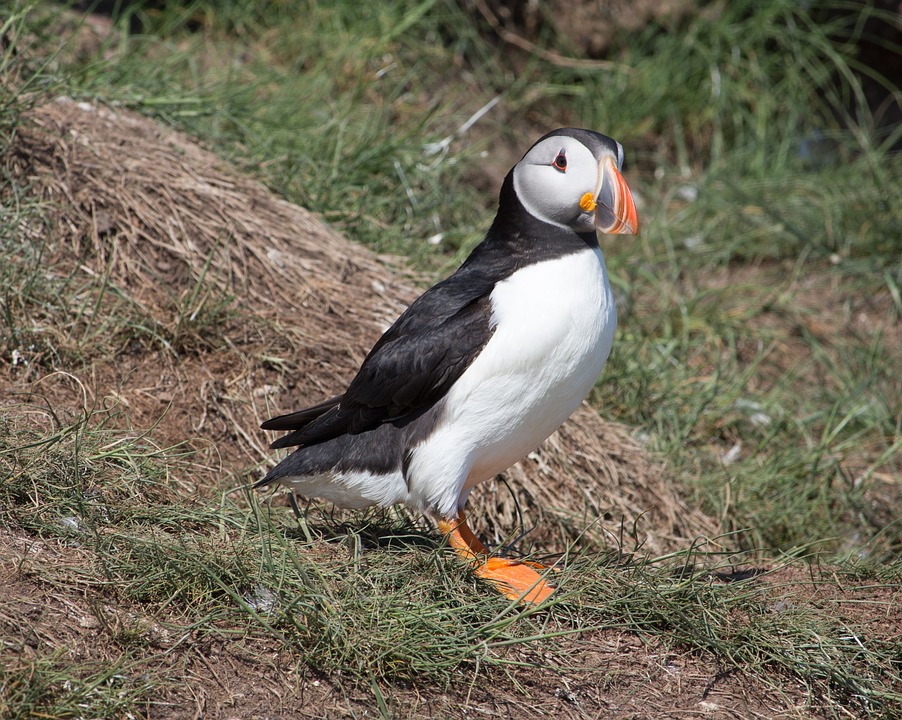
When Can You See Puffins in Iceland?
Puffins spend most of their lives at sea, only coming ashore to breed during the warmer months. In Iceland, the puffin season runs from April to September, with the peak time being May through August.
During this period, puffin parents take turns incubating their eggs for about 40 days. Once the chick hatches, both parents work tirelessly to feed their young, making several trips a day to the sea to catch fish.
After about 45 days, the chick leaves the burrow and heads out to sea, where it will remain for the next 3-5 years before returning to find a mate.
This period is the best time to see puffins in Iceland, as they are most active and abundant during these months.
In the winter months, puffins embark on an intriguing journey across the open ocean.
They can be spotted navigating vast distances, from the chilly northern ice caps to the warm waters near the Canary Islands
off northwestern Africa.
. This winter range is quite a departure from their usual summer habitats. During the warmer months, puffins typically reside on steep coastal cliffs and islands in the North Atlantic, where they nest and breed. These contrasting locations illustrate the puffins’ remarkable adaptability and migratory patterns between seasons.
Globally, there are four distinct species of puffins. Among these, the Atlantic Puffin is the sole species that inhabits the coastal areas of Iceland.
Puffins are often seen as the style icons of the bird world, and it’s easy to understand why. Their standout feature is their strikingly colorful beaks.
During the summer months, these beaks showcase vibrant hues, making puffins truly eye-catching against the Icelandic backdrop.
However, as the seasons turn to winter, their beaks undergo a transformation, adopting a muted, pale grey color while they spend time on the open sea.
Another notable aspect of their look is their dark, mesmerizing eyes, which create an illusion of wearing mascara. This adds a touch of sophistication and drama to their overall appearance, leading many to describe them as fashionable.
Despite this seemingly somber expression, puffins are far from being unhappy. In fact, their look is a result of natural adaptations, making them both practical and stylish creatures throughout the year.
Where to See Puffins in Iceland
While puffins can be found throughout Iceland, certain locations are particularly well-known for puffin watching:
Puffin Tours in Iceland
Those looking to learn more about this exciting bird and get some great sightings can participate in the many Puffin Tours offered in Iceland. Most tours run from May through August, which is prime nesting time.
The tours give fanatics a chance to see Puffins interact with each other and nature in their natural habitat. The tour guides are careful not to disrupt the birds so that they will continue to make Iceland their home year after year.
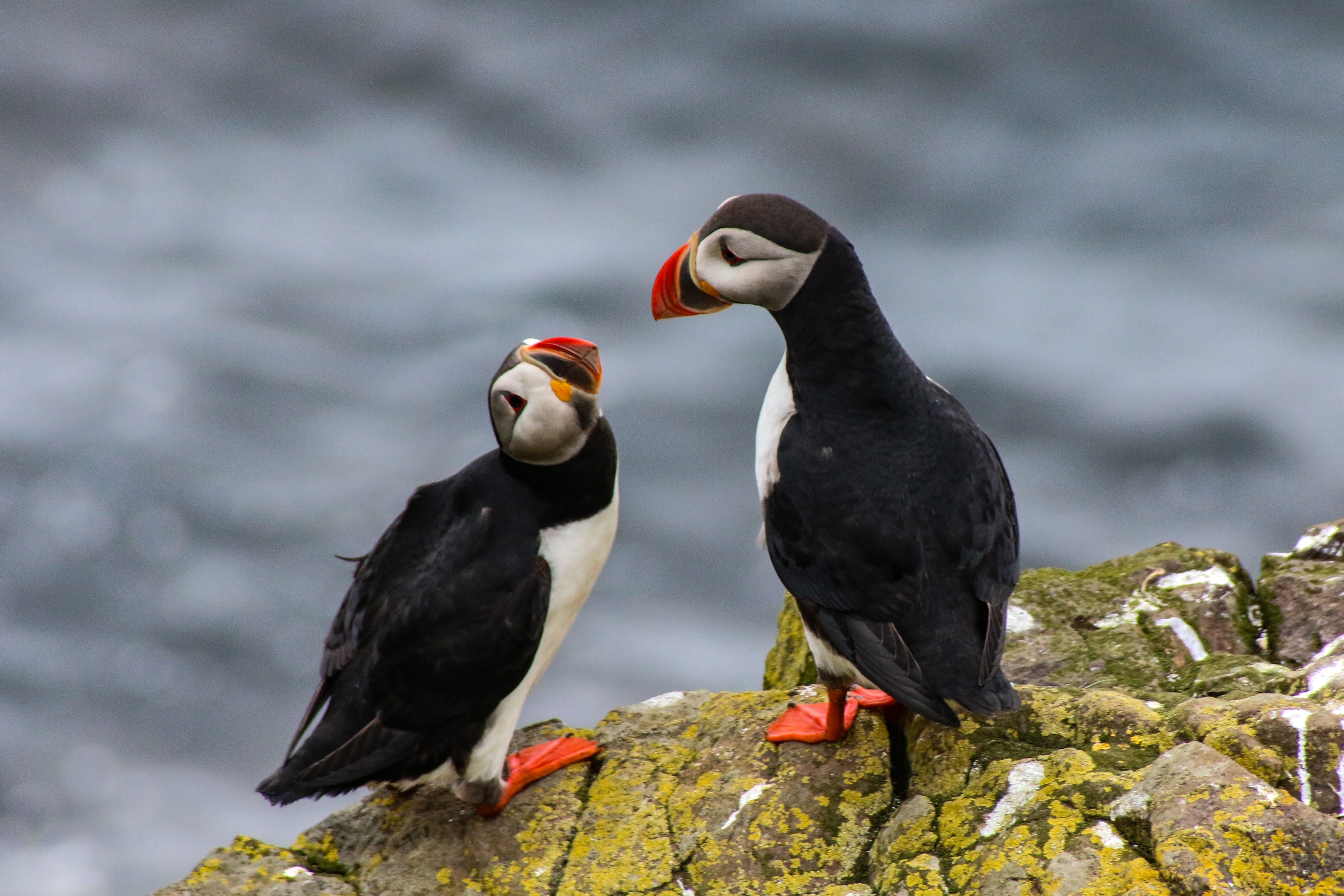
Westman Islands
The Westman Islands are home to nearly half of Iceland’s puffin population. This archipelago, just a short ferry ride from Reykjavík, is a prime spot for observing puffins.
Interestingly, the islands also have a tradition of rescuing puffin chicks that have strayed from their nests. Local children often participate in this rescue effort, ensuring the young birds safely reach the sea.
Látrabjarg Cliff
Látrabjarg, located in the westernmost part of Iceland, is one of the country’s most famous bird cliffs. Visitors can witness puffins up close as they nest along the cliff edges.
The stunning scenery, combined with the ease of spotting these birds, makes Látrabjarg a favorite among photographers and bird watchers alike. However, be cautious when visiting—stay safe by keeping a respectful distance from the cliff’s edge.
Hornstrandir Nature Reserve
In the remote and protected Hornstrandir Nature Reserve, puffins are less wary of humans, offering a unique opportunity to observe them in a more relaxed environment.
Established in 1975, the reserve preserves the natural vegetation and wildlife, making it a sanctuary for puffins and other birds. The reserve is accessible by ferry from Ísafjörður or Bolungarvík.
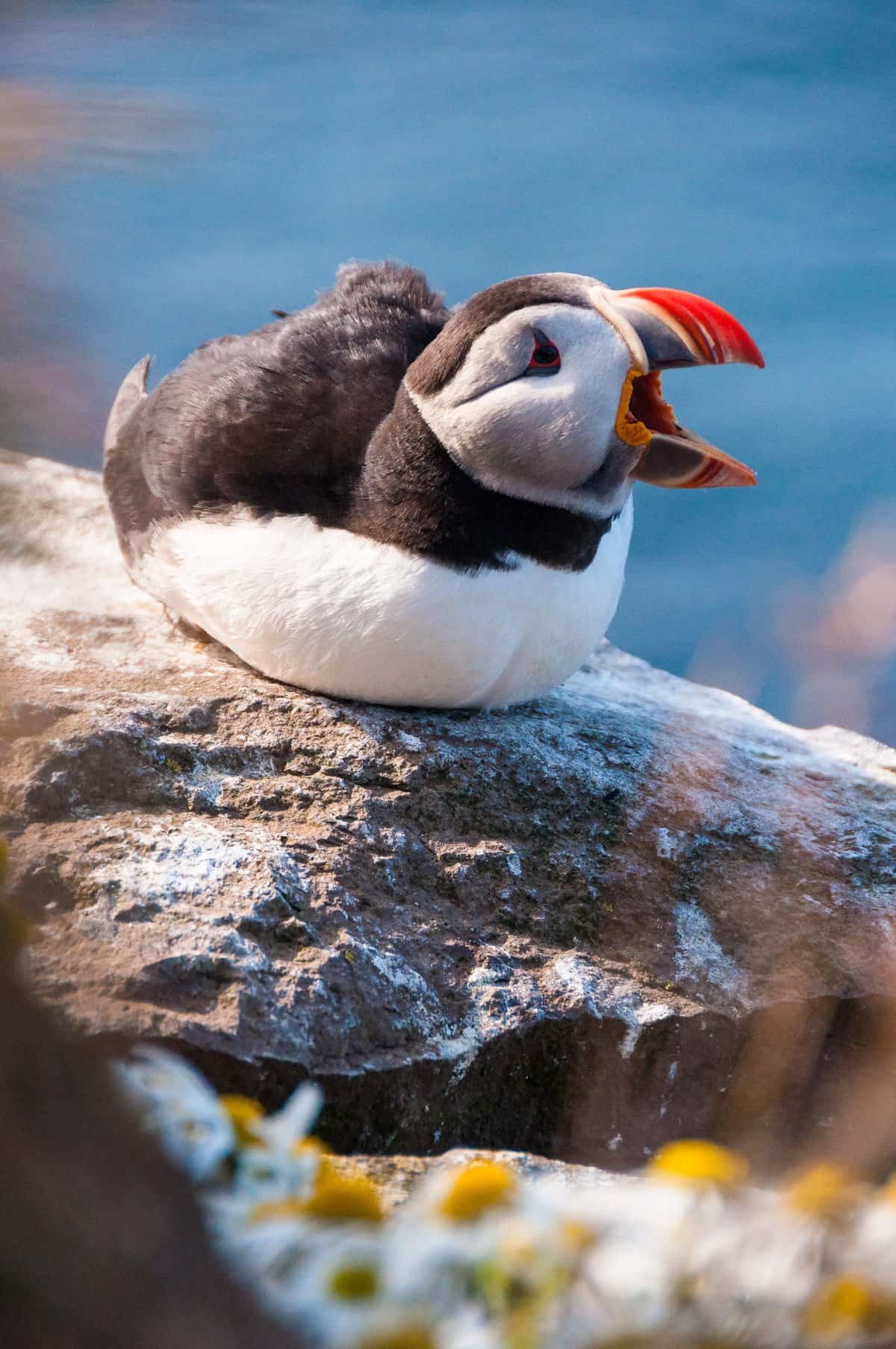
Lundey – Puffin Island
Lundey, or “Puffin Island,” is a small, uninhabited island just off the coast of Reykjavík. It is a peaceful haven for puffins and other seabirds, making it a popular spot for boat tours.
These tours offer a serene and respectful way to observe puffins without disturbing their natural habitat.
Puffin Tours in Iceland
For those eager to learn more about puffins and see them in their natural environment, numerous puffin-watching tours operate across Iceland, particularly from May to August.
These tours provide an excellent opportunity to observe puffins up close while ensuring that their habitats are protected. Tour operators are careful to minimize their impact on the birds, allowing puffins to return year after year.
The Tradition of Puffin Harvesting
Puffin harvesting has deep roots in Icelandic culture, dating back to the Viking era. Traditionally, puffins were caught using a triangular net attached to a long pole, and their breast muscles were prized as a delicacy.
Today, puffin meat is still consumed, often smoked, grilled, or fried, and sometimes served with brennivín sauce, gravy, or butter. Although less common, the puffin’s heart is also traditionally eaten raw.
However, in recent years, the practice of puffin harvesting has declined significantly due to a decrease in puffin populations, shifting consumer preferences, and growing public concern over the birds’ conservation.
In some areas, puffin numbers have dropped by as much as 60%, prompting calls for stricter regulations and the establishment of protected areas to ensure their survival.
Conclusion
Iceland is home to over half of the world’s puffins. These versatile birds can fly, stand on land, swim, and dive for fish. Their unique appearance includes a black crown, grey cheeks, and white chest, but they’re most easily spotted by their bright orange legs and colorful beaks. Puffins are a must-see for visitors to Iceland’s natural wonders.
People Also Ask
1. What time of year is best to see puffins in Iceland?
The best time to see puffins in Iceland is between May and August, during their breeding season when they come ashore to nest. This is when they are most active and visible.
2. Where can I see puffins near Reykjavík?
Lundey, also known as Puffin Island, is a popular spot near Reykjavík for puffin watching. It’s accessible by boat tours, which provide a great opportunity to see these birds up close in their natural habitat.
3. How close can I get to puffins in Iceland?
While getting relatively close to puffins in Iceland is possible, it’s important to keep a respectful distance to avoid disturbing them, especially during nesting season. Some cliffs, like Látrabjarg, offer excellent views without getting too close.
Conclusion
Puffins are an integral part of Iceland’s natural heritage, and observing them in their wild, rugged environment is an unforgettable experience. Whether you join a guided tour or explore on your own, there are plenty of opportunities to see these captivating birds up close. Remember to respect their habitat and contribute to their preservation by following local guidelines and supporting conservation efforts. Iceland’s puffins are a treasure worth protecting so future generations can enjoy their beauty and charm.
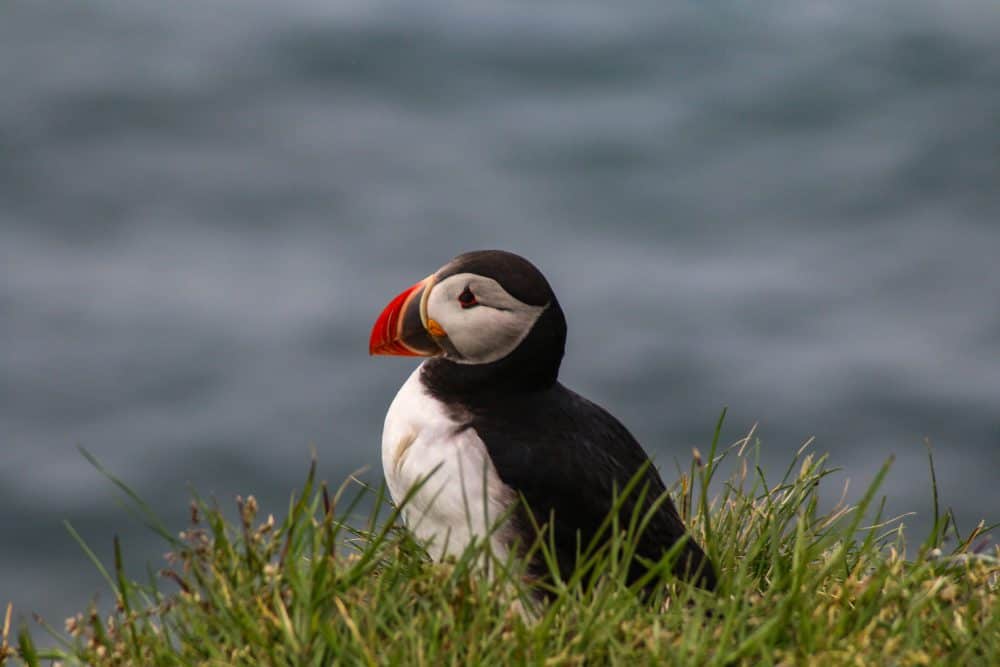
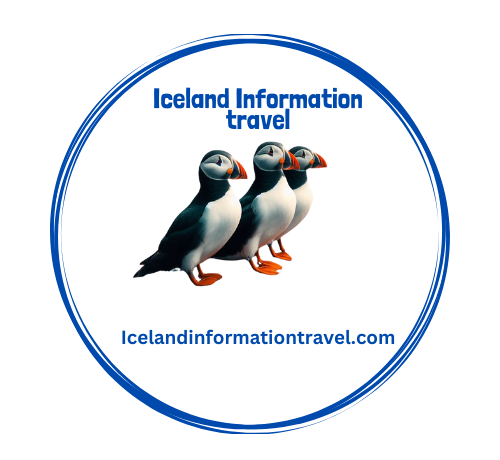
First of all, I LOVE ICELAND SO MUCH! My partner and I have traveled the world, and Iceland is still our favorite trip to date! We didn’t see any Puffins though… tempted to go back just to see these little guys!
You clearly know your stuff on this subject and have given us all so much information, thank you! Didn’t realize there were so many Puffin tours in the area, so will deffo check them out next time – as well as the ice caves if we can fork out that kind of cash!
Would you happen to know which of those prime locations is less touristy? You know what it’s like these days…
Thanks again for all the info!
Hi Kelly Menster and thank you.
Thank you for kinds words about my country.
And great to hear how happy you are with your trip to Iceland!
I understand very well what you mean. But even so, other places would have fever tourist, it is a probably most comfortable and pleasant place at the same time to go to Vestmanna islands and Lundey. So I would recommend even to there are many times many tourists in Vestmannaeyjar.
Don´t hesitate to contact me if I can help you with anything else, or if you have any questions.
Hi Johann, great article on Puffins. When I was young, I was fascinated with Puffins. I didn’t know that they were harvested for food, you would think if people would travel to Iceland to see Puffins that they would protect them.
Are Puffins something that every Icelandic family eats or only certain people? It would be a shame to see them go extinct!
Hi Eric, and thank you.
Thank you for your kind words.
They are protected as possible. For example, because you asked about it, it is not eaten if it is a few birds in that area. But the Puffins suffer, like other birds, animal and human for the climate change. In someplace, they have been in more problem to get food. In other areas, it is not a problem.
But the hard works to protect the puffins seems to start to work well and now are more of them in places which were started to be worried about them. But the climate change is the main danger here in all the North Atlantic so there can all people help in so many ways.
Don´t hesitate to contact me if I can help you with anything else, or if you have any questions.
I’ve seen a documentary on Puffins once, and it was really amazing. Puffin is a very spectacular species of birds, beautiful, intelligent, and they have a kind of advanced behavioral science. I’ll love to go on Puffin your sometimes, and I knew it’s gonna be really amazing. In this article, you said Puffin spend most of its life on the sea, please what’s its greatest prey on the sea??? Thank do share this interesting post.
Hi Jones, and thank you.
Yes, it is a hilarious and wonderful bird. Seeing fly just a little bit over the sea is both strange and funny, but too you respect it at the same time.
Their primary food is a small fish, we name, for example, capelin, sand eels, hake, and herring.
.They can keep a loot of the fish in the mouth so it will be enough food for all the family when they come back after the hunting.
Don´t hesitate to contact me if I can help you with anything else, or if you have any questions.